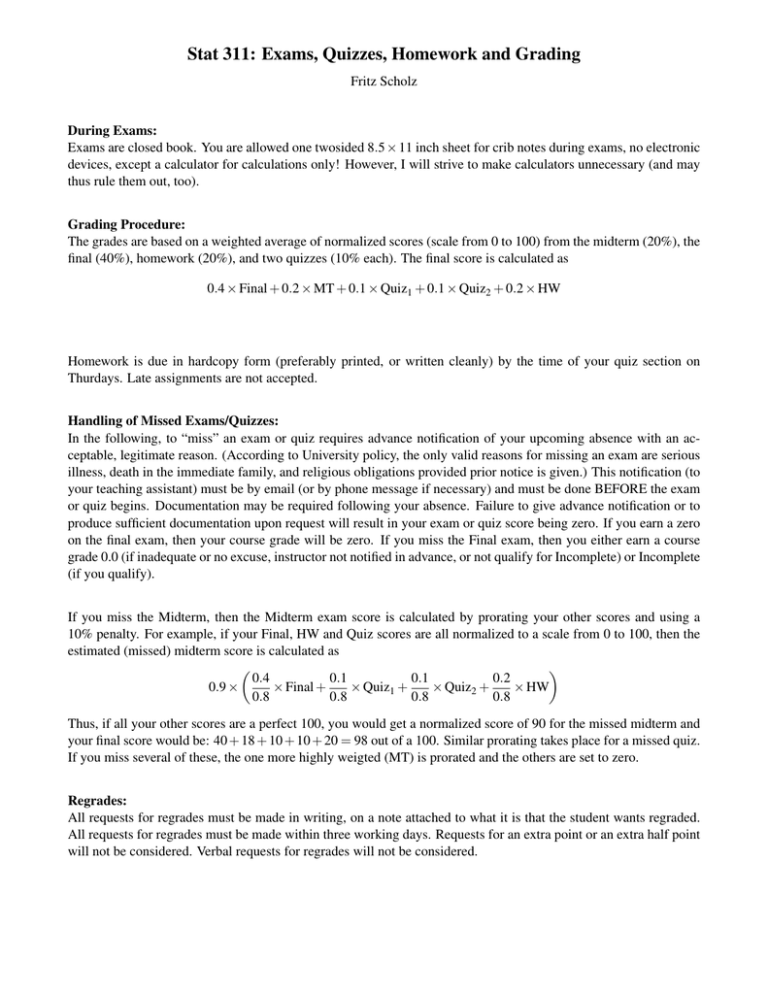
This Auction Last Auction () () 91 - day 8.000 8.005 182-day 10.384 10.385 364 - day 11.130 11.126 C. Weighted Moving Average (WMA)Weighted Average Interest Rate of accepted bids 8.000 10.384 11.130 Price per Kshs 100 at average interest rate 98.044 95.077 90.009 B. In Excel, you can do this easily using the AVERAGE function (this is covered later in this tutorial). This can be achieved by averaging the data points in the given duration. In our daily temperature example, when you simply take an average of the past 10 days, it gives the 10-day simple moving average.
Weighted Average Days Late Free Travel Time
MetricWeighted Average Days Paid (WAP) is the number of days a customer takes to make payments (Days Late + Terms). You can run each metric at the customer, account, or bill to operational data level. The average, whether they are widely observed days such as Thanksgiving.This appendix covers the following topics:Oracle Advanced Collections provides the preconfigured metrics shown in the following table. WMA 30 + 23.47 + 17.80 + 12 + 6.07.almost more important than a delay-free travel time for some segments of the US. The final step is to add up the resulting values to get the weighted average for the closing prices of ABC Stock. Add up resulting values to get the weighted average.
But that number is much more meaningful when you know that the customer had an average of 25 days to make payments.Days late is calculated as the number of days between the due date and the accounting date of the entry that closed the item.Avg Days Late is calculated as sum (days late) / number of items.Conventional Days Sales Outstanding (DSO) *Multiply the customers current A/R Balance by 30 and divide by prior period sales.At a specific point-in-time, measure indicated how long it takes to convert receivables to cash. The Weighted Average Days Late calculation tells you that the customer pays, on average, 5 days late. The amount of the closed item is used to weight the days.* Assumes that a $100,000 invoice that is 10 days late is more serious than a $10 invoice paid 10 days late.Calculation: sum (item amount * days late) / sum (item amount).The item amount is drawn from the first instance of item activity that has the same entry type as the closed item.Days late is the number of days between the due date and the accounting date of the item activity that closed the item.Calculates the average number of days allowed for a customer before payment is due, weighted according to the item amount.Some invoices may be due in 20 days, other in 30 or 40.
...


 0 kommentar(er)
0 kommentar(er)
